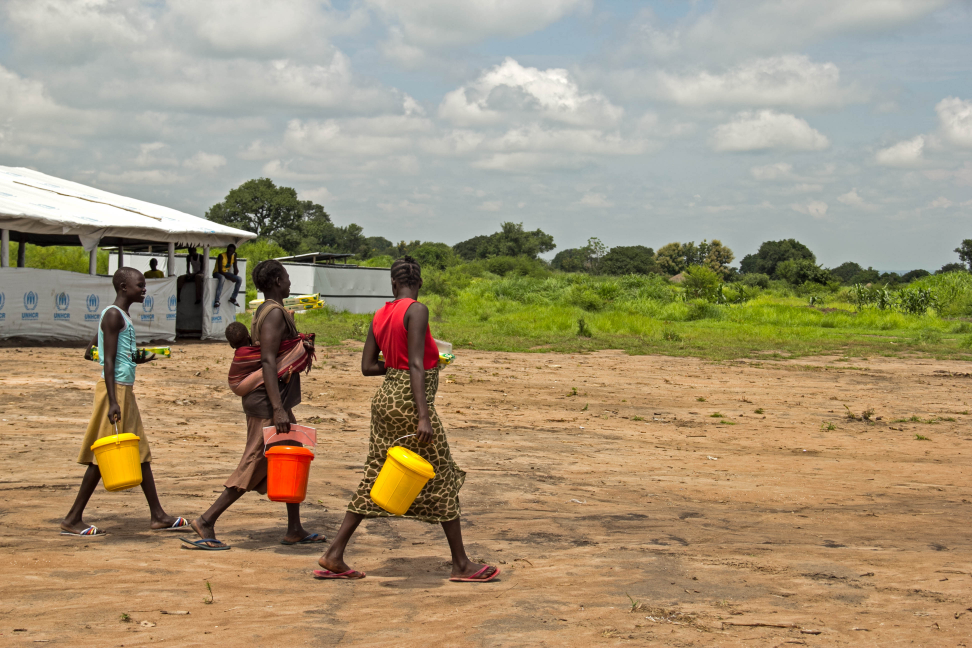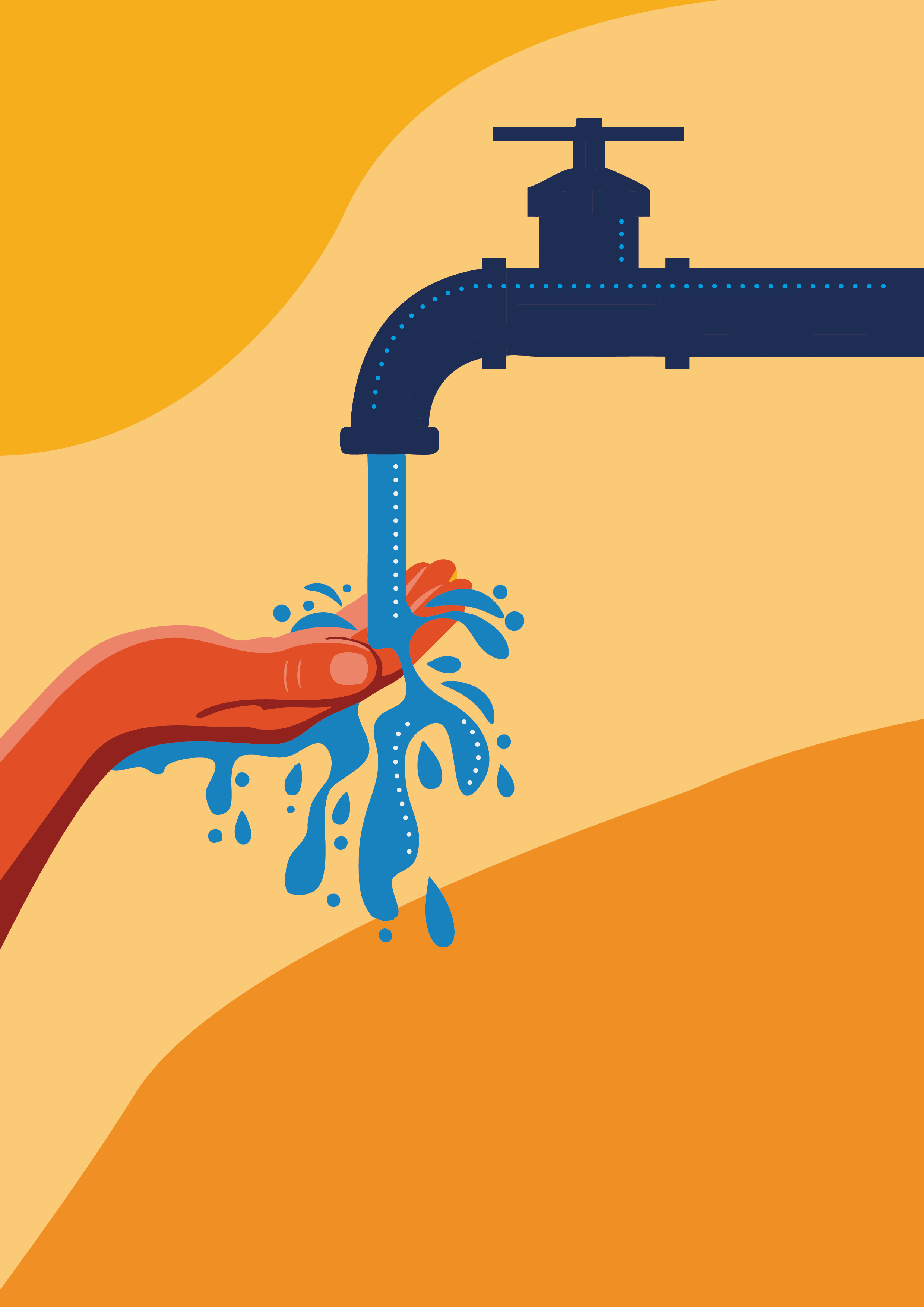Using the right source to crowdsource

Since our initial baseline report on perceptions of the media environment and relations between communities, journalists, and humanitarians (see my recent blog and report here), Internews’ monitoring and evaluation work in Central African Republic (CAR) has been focusing on rapid population surveys, the first of which was done in the eastern Obo region (and is the topic of this blog) and the second in Zemio, an eastern town. These surveys explore the sources of information that affected populations rely on, their media consumption habits and their interaction and perception of humanitarian organisations.
In May, my colleague Jean-Pierre Dushime, Monitoring &; Evaluation Officer, and four interviewers trained by Dushime completed a rapid survey of 400 randomly-selected adults in the isolated eastern city of Obo, the capital of Haut-Mbomou, one of the 14 prefectures of CAR.
Obo and Radio Zereda The Haut-Mbomou has been an operating ground for the infamous Lord’s Resistance Army (LRA) for the last few years, and Obo is now host to thousands of displaced families and individuals. It is also in Obo where Radio Zereda, a community-based radio station, emerged thanks to the resourcefulness of its founder, Arthur Zoungagde – see the blog from Raimondo Chiari from Internews about Radio Zereda here.
The station has proved to be a very popular one. Indeed, as we discovered in our study, out of the 94% of the adult population that listens to a radio at least occasionally, everyone listened to Radio Zereda.
In fact, less than one in eight respondents listened to other radio, such as Radio Centrafrique (14%), RFI (13%), Afrique #1 (4%), or other stations (2%). It was therefore quite clear that community radio plays an important role in keeping people informed on key issues. Radio was the main source of information on news, security, and humanitarian action for a majority of the population.
Most respondents also judged the information to be of good quality, a stark contrast from how humanitarian workers surveyed viewed Central African media.
In addition to highlighting the importance of community radio, however, the findings of the final report (download a copy here) highlight many of the challenges confronted by Internews’ project. In particular, the findings emphasize the difficulties that are associated with relying on text-based, mobile phone interactions between communities and journalists and humanitarians. Given that text messaging is currently one of the primary ways through which humanitarians and local media try to create communication platforms with affected populations (including through the recently launched CAR Humanitarian Map), these results are of critical importance. There are different issues that make text messages a challenging medium, including literacy levels, basic access, and gender imbalances. For example:
Literacy levels: In Obo, just half the respondents (51%) indicated being able to read and write simple messages. One third (33%) had no formal education, and 50% had some or completed primary education. Women were more likely to be uneducated, with 74% of them reporting being unable to read simple messages, compared to 24% of the men.
Basic access: While one in five respondents owned a phone, just one in ten (9%) used text messages. And while one in five respondents had contacted the radio, less than one percent did so using text messages. The use of text messages is likely hindered by the low literacy level outlined above, but it is also no doubt a function of limited resources to purchase calling credit.
Gender imbalances: Though literacy levels were low across the board, women were more likely to be uneducated, with 74% of them reporting being unable to read simple messages, compared to 24% of the men. Since text messages or SMS are essential to link the population with the media and humanitarians, women must be directly engaged to avoid a bias toward information generated by educated male.
What these results indicate, more than anything, is that the availability of technology and innovation is not the only, or even the primary, challenge in getting two-way communication platforms up and running. Rather, it is adopting “crowd-sourced” systems – which often rely on text messages and mobile phone use – to environments with low literacy levels, low use of mobile phones, even lower use of text messages, and limited resources to pay for credit.
What this survey suggests is that in addition to learning the ICT component of the CAR Humanitarian Map, the journalists based in Obo must also become social organizers who can mobilize the crowd to participate through new channels. If we truly want to “crowdsource” we must first focus on making sure that sources for engaging the crowd are used by that crowd itself. This in turn will require the overall system to provide clear benefits for the population: better access to information.
Future posts will discuss other challenges we have encountered in engaging populations as well as the findings of our rapid survey in Zemio, an eastern town that currently lacks a local radio and has relatively poor access to information in general.
Patrick Vinck Ph.D.
[email protected]
External evaluator of the Internews HIF project in CAR
Research Scientist at the Harvard School of Public Health and Associate Faculty with the Harvard Humanitarian Initiative (HHI)
Stay updated
Sign up for our newsletter to receive regular updates on resources, news, and insights like this. Don’t miss out on important information that can help you stay informed and engaged.
Related articles
.png)


Explore Elrha
Learn more about our mission, the organisations we support, and the resources we provide to drive research and innovation in humanitarian response.